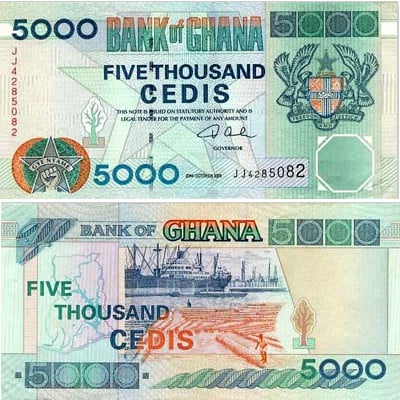
The expected outcomes can be summarised under two broad headings: academic literature and public policy and practice. To yield consistent estimates, instrumental variables and a battery of robustness and stability tests are employed. And finally, a generalised method of moments (GMM) is used to estimate the growth equations in order to control for endogeneity and simultaneity problems resulting from the lag dependence. A quadratic term of exchange rate volatility is included to account for possible non–linearities in the growth–volatility nexus. To understand the short– and long–run causes of volatility, the study uses the vector error correction model (VECM). Methodologically, this study employs the generalised autoregressive conditional heteroskedasticity (GARCH) model to estimate the volatility of exchange rate.
GHANA CURRENCY RATES DRIVERS
Understanding the key drivers of exchange rate volatility and the channels of manifestation is an empirical matter and this study examines the causes of exchange rate volatility and its impact on growth performance with the view to informing policy towards maintaining stable currency (especially under inflation targeting), public debt management and steady economic growth. Moreover, the discussions surrounding the fluctuations in Ghana’s exchange rate are only gleaned from public discourses on the economy with very little empirical and theoretical backing. While anecdotally the volatility of exchange rate has been linked to macroeconomic instability, very little attempt has been made to examine the factors behind it and the impact it has for both internal and external stability. In fact, provisional GDP growth rate for 2014 is estimated at 6.9% down from a revised initial target of 7.1%. GDP growth which stood at 15.0% in 2011 dropped to 8.8% in 2012 and further to 7.6% in 2013. Arguably, this level of depreciation contributed to a rise in consumer price inflation which stood at 17% in December, 2014 from 13.8% in January, 2014. For instance, at the beginning of January, 2014, a US$ was exchanged for GH¢2.21 and by the end of September, 2014, the Cedi–Dollar exchange rate stood at GH¢3.20 – denoting about 44.65% depreciation. Most recently, the Cedi has been very volatile. However, the Ghanaian Cedi (GH¢) has depreciated against major currencies especially the US Dollar (US$), albeit, not monotonically since the adoption of the flexible exchange rate regime, recording a modicum of stability between 20.


Among others, this transition was done under the premise that flexible exchange rates would curb the boom–and–bust syndrome as well as turn the country towards a trajectory of growth with the growth–enhancing effect emanating from the exchange rate pass–through on consumer prices, terms of trade, trade volumes and investments.
GHANA CURRENCY RATES FREE
In Ghana, the advent of the Financial Sector Adjustment Programme (FINSAP) – a component of the Economic Recovery Programme (ERP) – introduced major reforms in the financial sector including the jettison of the fixed exchange rates in favour of the free floating regime in the 1980s. After the collapse of the Bretton Woods system of fixed exchange rates in the 1970s a number of countries adopted a flexible system.


 0 kommentar(er)
0 kommentar(er)
